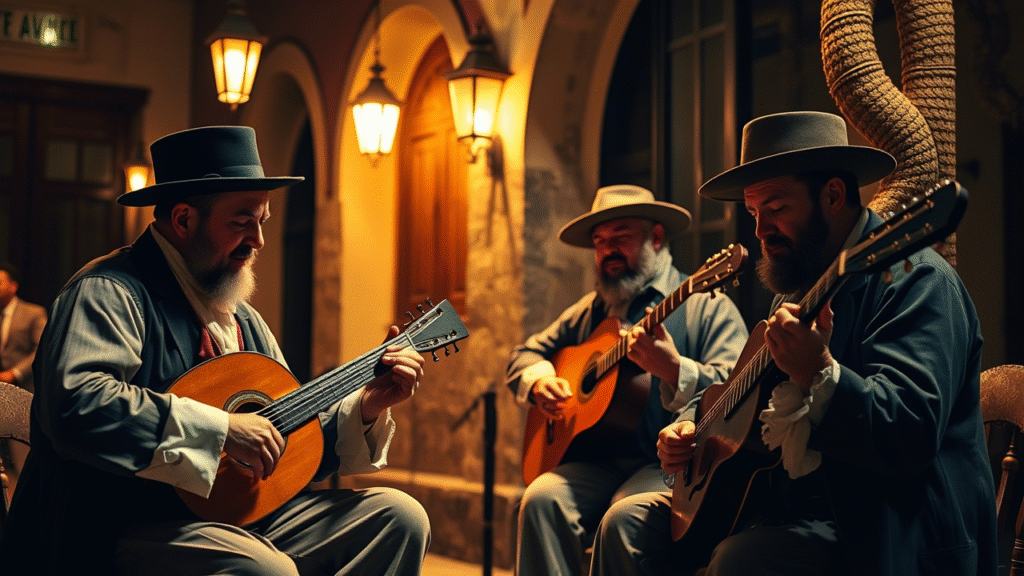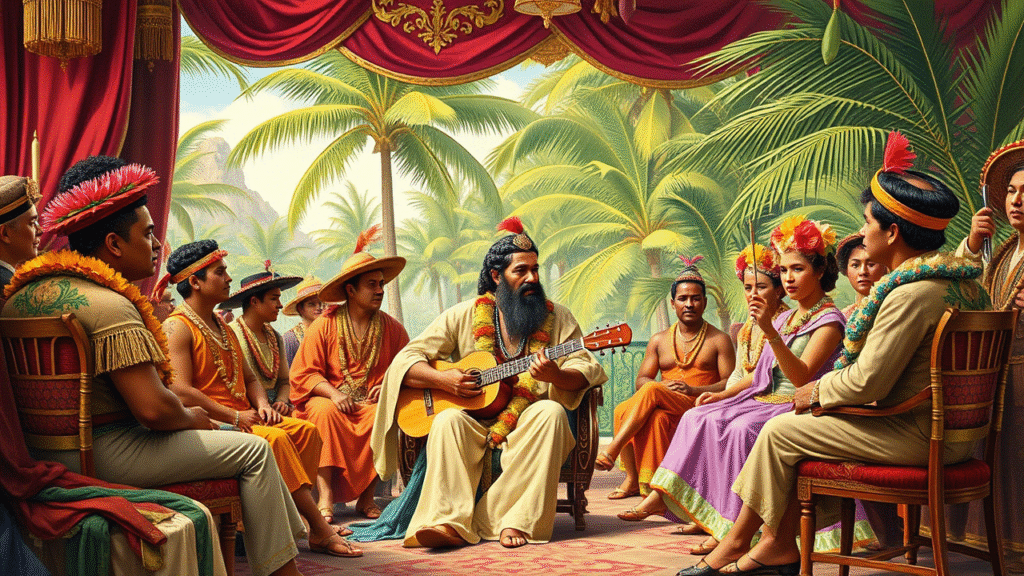The Fascinating history of the ukulele is one of the most beloved musical instruments, known for its cheerful sound and compact size. But where did it come from? How did a small, four-stringed instrument from Portugal become a cultural icon of Hawaii and a global phenomenon?
In this deep dive into ukulele history, we’ll explore:
- The Portuguese origins of the ukulele
- How it arrived in Hawaii and became a national treasure
- Its rise to global popularity in the 20th century
- Famous ukulele players who shaped its legacy
- The modern ukulele revival
Let’s strum through time and uncover the fascinating journey of the ukulele!
1. The Portuguese Roots: The Birth of the Ukulele
The ukulele’s story begins not in Hawaii, but in Portugal. In the late 19th century, Portuguese immigrants from Madeira and the Azores brought with them small guitar-like instruments called machete de braga (or braguinha) and rajão.
These instruments had four or five strings and were traditionally used in Portuguese folk music. When Portuguese laborers arrived in Hawaii to work in sugarcane fields, they brought their music—and their instruments—with them.

2. The Ukulele Arrives in Hawaii (1879)
In August 1879, the British ship Ravenscrag docked in Honolulu, carrying 423 Portuguese immigrants. Among them were three skilled instrument makers: Manuel Nunes, Augusto Dias, and José do Espírito Santo.
These craftsmen began crafting small, four-stringed instruments inspired by the machete. Hawaiians were enchanted by the lively sound and called it “ukulele”, which roughly translates to “jumping flea”—possibly referring to the quick finger movements of players.
Why Did the Ukulele Become So Popular in Hawaii?
- King Kalākaua, the “Merrie Monarch,” adored the ukulele and promoted it at royal gatherings.
- It became a symbol of Hawaiian culture, blending with hula music.
- Its portability and cheerful tone made it accessible to everyone.

3. The Ukulele Spreads to Mainland USA & Beyond
By the early 20th century, the ukulele’s popularity exploded beyond Hawaii:
- 1915 Panama-Pacific Expo – Hawaiian musicians introduced the ukulele to mainland America.
- 1920s Jazz Age – The ukulele became a staple in vaudeville and early jazz.
- Post-WWII Boom – Soldiers stationed in Hawaii brought ukuleles home, fueling its popularity.
Famous Early Ukulele Players
- Ernest Ka’ai – Pioneer of Hawaiian ukulele music.
- Cliff Edwards (Ukulele Ike) – Popularized the uke in 1920s Hollywood.
- George Formby – British entertainer who made the ukulele famous in the UK.
*(Image Prompt: “1920s jazz band with a musician playing ukulele, vintage black-and-white photo”)*
4. The Modern Ukulele Revival (2000s-Present)
After a decline in the mid-20th century, the ukulele made a massive comeback:
- Israel Kamakawiwo’ole’s “Over the Rainbow” (1993) became a global hit.
- Jake Shimabukuro’s viral “While My Guitar Gently Weeps” (2006) showcased the ukulele’s versatility.
- Today, artists like Eddie Vedder, Billie Eilish, and Taylor Swift use the ukulele in their music.
Why Is the Ukulele Still So Popular?
✔ Easy to Learn – Great for beginners.
✔ Affordable – Cheaper than guitars or pianos.
✔ Portable & Fun – Perfect for travel and casual playing.

5. The Future of the Ukulele
The ukulele continues to evolve with:
- Electric ukuleles for amplified performances.
- New designs and materials (carbon fiber, sustainable wood).
- Online learning platforms making it easier to master.
As long as people love music, the ukulele will keep spreading joy worldwide!
Conclusion: A Tiny Instrument with a Huge Legacy
From its humble Portuguese origins to becoming a Hawaiian treasure and a global sensation, the ukulele’s history is as rich as its sound. Whether you’re a beginner or a seasoned player, the ukulele’s charm is undeniable.
Want to start playing? Check out these great ukulele brands (Outbound Link 1: Kala Ukuleles) or learn from online tutorials (Outbound Link 2: Ukulele Underground).
For more on Hawaiian music history, visit (Outbound Link 3: Hawaii Music Museum).
Now, grab a ukulele and start strumming—your musical journey awaits!
